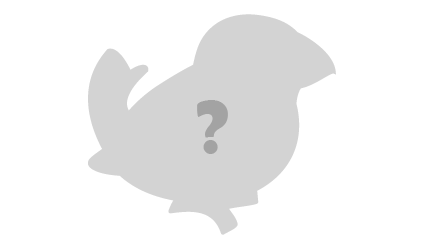For 22 days we’re adding a new Birdorable bird every day as part of our Birdorable Bonanza 2012. We’re counting up to our 400th species! Today we introduce the Birdorable Hawaiian Goose!
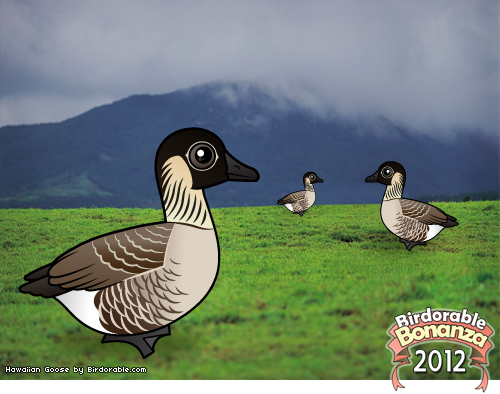
The Hawaiian Goose is the official state bird of Hawaii, where it is called the Nene (or Nēnē). The endemic species is threatened due to over-hunting and predation by non-native species like mongooses and domestic cats. Captive breeding programs are working to reintroduce the species to the islands, and there is hope for the survival of the species.
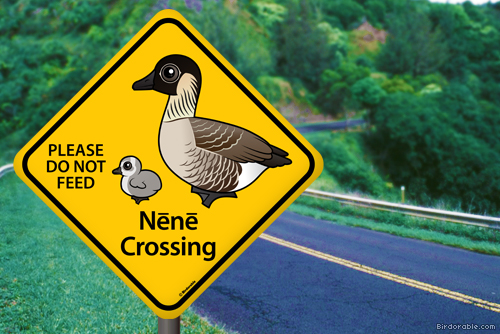
People can help Hawaiian Geese by watching out for them when traveling through their territory, and by not feeding them. Geese that become habituated or even dependent on people for food are drawn into traffic or other man-made dangers.
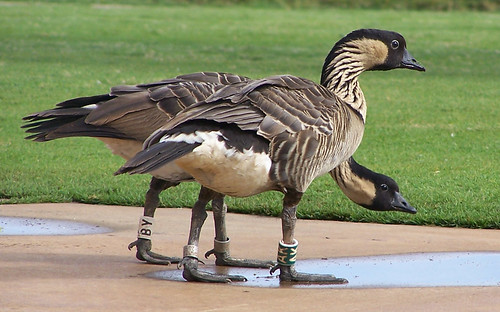
Nene Pair by Makuahine Pa'i Ki'i
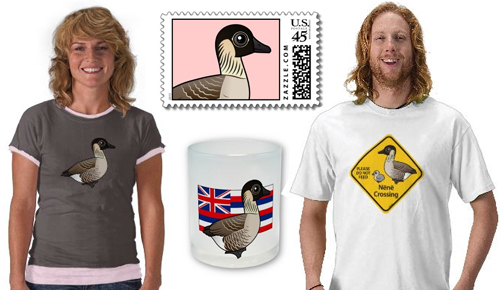
Tomorrow's bird is the national bird of Saint Lucia, an island in the Caribbean. Can you guess what it will be?



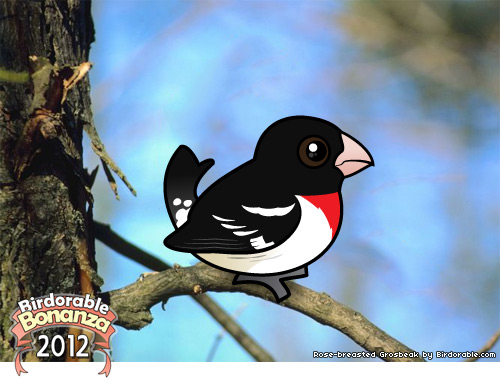

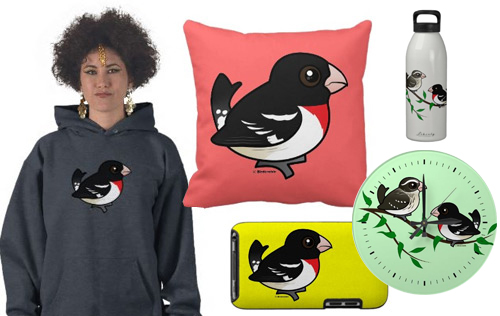

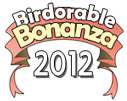 We're excited to announce that we'll be having another Birdorable Bonanza this summer - and this will be our biggest ever! From July 10th through the end of the month we will release a new Birdorable bird species on
We're excited to announce that we'll be having another Birdorable Bonanza this summer - and this will be our biggest ever! From July 10th through the end of the month we will release a new Birdorable bird species on 